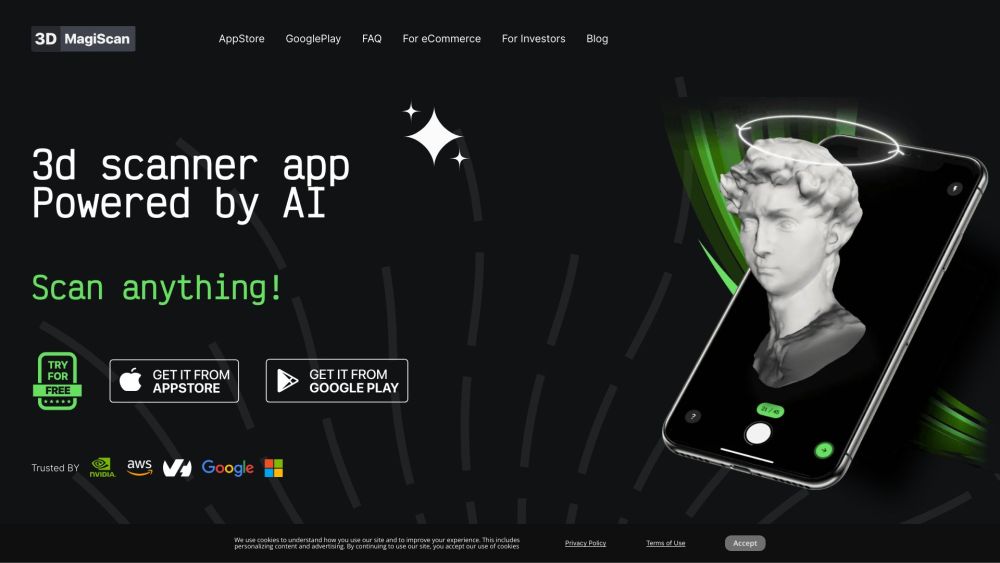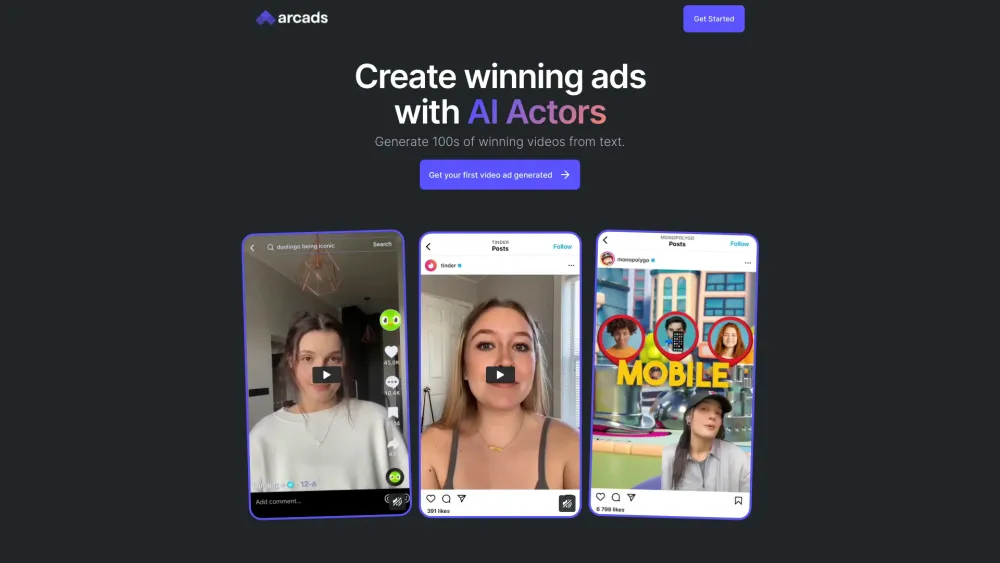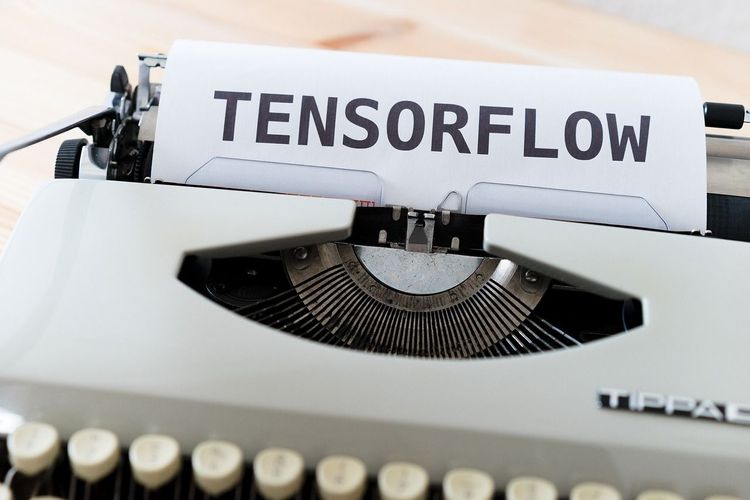Ahead of Google I/O 2024, anticipation surrounded Google's likely AI announcements. The event kicked off with an energetic performance from YouTube star Marc Rebillet, who uniquely appeared from a giant cup in a bathrobe.
Setting an upbeat tone, Rebillet invited audience members to share wild musical ideas, which were brought to life through Google’s AI DJ software. This lively start foreshadowed the event's focus on artificial intelligence, with CEO Sundar Pichai noting that the term “AI” was mentioned 121 times throughout.
As the event wrapped up, two lingering questions emerged: Is Google addressing issues that don’t really impact everyday lives with its latest offerings, and is there a viable market for specialized AI hardware priced in the hundreds when smartphones now boast incredible AI capabilities?
Assessing AI Devices
Currently, the market features intriguing AI gadgets, from the Rabbit R1 to the Humane AI Pin, and even AI-powered pendants. Their functionality varies: some listen, others converse, make calls, record videos, and connect with chatty AI bots to interpret surroundings. While these devices are innovative, their user experiences have been subpar. Mobile Section Editor Joe Maring describes the Rabbit R1 as one of the worst gadgets he’s encountered, and the Humane AI Pin hasn't fared much better. Although these are first-gen devices, their future appears uncertain given recent insights from AI giants OpenAI and Google.
The Evolution of AI Awareness
AI capabilities are significantly advancing, particularly in vision technology, which enables AI to interpret the world through a camera lens. At Google I/O 2024, Google introduced Gemini Live, following OpenAI’s launch of GPT-4o, an omnimodal model enhancing AI’s ability to process text, audio, and visuals. Both products aim for seamless user interaction: point a camera at almost anything, and the AI provides contextual information. It can identify the appropriateness of clothing, translate objects, and even locate misplaced items like car keys.
While the experiences of ChatGPT and Gemini Live differ, both share foundational capabilities. This is a crucial moment where the disparity between AI on smartphones and dedicated hardware becomes evident.
The Hardware Challenge
The Rabbit R1 and Humane AI Pin come equipped with 8MP and 12MP cameras, respectively, allowing for some image processing. However, they cannot compete with the advanced, stabilized cameras found in modern smartphones. A regular smartphone enhances the AI’s understanding by delivering high-quality visual inputs, resulting in a much clearer output—similar to comparing video quality between budget and flagship smartphones.
Additionally, these AI devices are powered by mid-tier MediaTek and Qualcomm chips and lack the computing power offered by contemporary smartphones, which can perform AI tasks dramatically faster. Users do not want to wait 15 seconds for a response when even a basic voice assistant can manage requests much quicker.
Generative AI works in two primary ways: through cloud processing, which requires an internet connection, or via offline processing, like Google’s Gemini Nano on Pixel 8 and some Samsung devices. The latter allows AI to function without internet access, but currently, no standalone AI devices operate without it.
The Advantages of On-Device AI
With on-device AI capabilities, users can utilize features like audio transcription on Pixel phones without needing internet access. Technologies like Google’s Neural Machine Translation enable real-time translations, and later this year, Gemini Nano with Multimodality will allow local processing for contextual responses based on camera and microphone input.
This approach is not only faster but enhances data security since personal information stays on the device rather than being transmitted online. Additionally, it potentially reduces costs associated with delivering generative AI features, addressing consumer concerns about affordability amid the AI boom.
Gemini’s Integration with Google Services
The significance of integration is evident in Google’s suite of services, including Gmail, Docs, Drive, Maps, Photos, and Search. Gemini delivers custom AI assistants designed for specific tasks that align with these services. Users can engage Gemini to plan trips, accessing relevant emails and integrating that data with Google Search for comprehensive travel itineraries. For those opting for Gemini Advanced, even more, capabilities await, like processing extensive PDFs, code, and multimedia—summarizing and delivering essential insights.
Gemini enhances tasks directly within apps, allowing it to remain unobtrusive while still effectively assisting users in real-time.
The Case for Smartphones Over Dedicated AI Devices
An AI assistant should provide practical support, balancing functionality and convenience. It must leverage relevant data to enhance personal and professional tasks without incurring extra costs. Current AI gadgets like the Rabbit R1 and Humane AI Pin struggle to deliver on this promise due to their limitations. Given the advanced capabilities of smartphones—and their ability to run sophisticated AI without the drawbacks of specialized hardware—investing in subpar devices seems unwise when users can rely on their phones for superior performance.
In the evolving landscape of AI, smartphones are leading the charge, rendering standalone AI devices increasingly obsolete.





